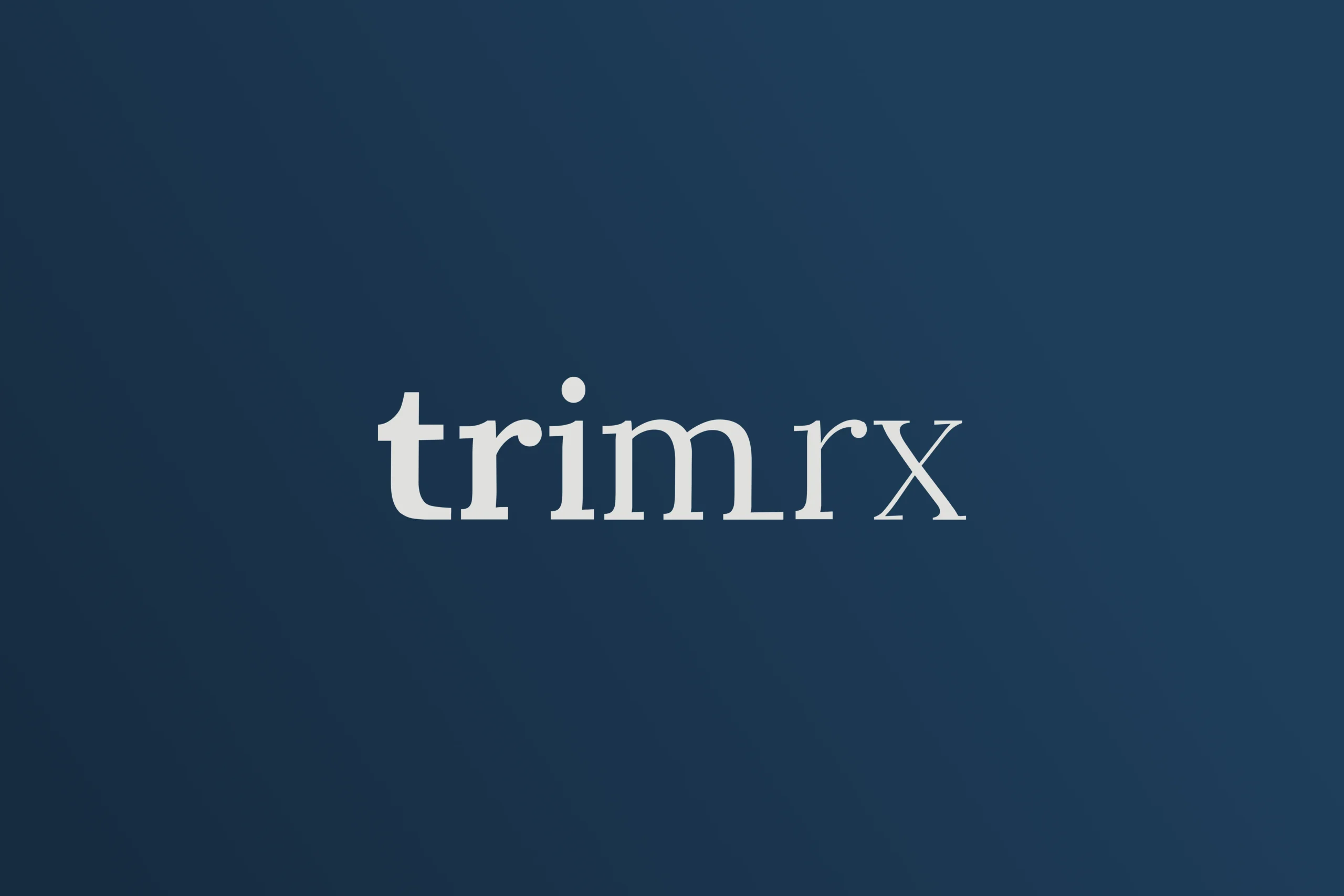What to Eat After Working Out for Weight Loss: Nourishing Your Body for Optimal Recovery

How often do we focus on what we eat before hitting the gym but neglect the importance of our post-workout nutrition? Surprisingly, the meal you consume after exercising can significantly influence your weight loss journey, recovery, and overall health. Studies have shown that proper post-workout fueling helps replenish your energy stores, rebuild muscle, and even impacts your metabolism.
In this blog post, we will explore the essentials of post-workout nutrition, what to eat after working out for weight loss, and how to maximize the benefits of your meals following exercise. We hope to guide you in making informed choices that align with your weight management goals, ensuring that every workout counts.
We’ll cover the significance of post-workout nutrition, the right balance of macronutrients, meal timing, and practical food choices that support your weight loss efforts. By the end of this post, you’ll have a comprehensive understanding of how to nourish your body after workouts and enhance your progress.
The Significance of Post-Workout Nutrition
After a workout, our bodies enter a critical recovery phase where they work to repair and replenish. During exercise, especially high-intensity or prolonged sessions, our muscles use glycogen, their primary fuel source. This depletion of glycogen and potential muscle damage necessitates a strategic approach to replenishment. Here’s why what we eat post-workout is crucial:
-
Glycogen Replenishment: Consuming carbohydrates after workouts helps restore glycogen levels, which can be particularly beneficial if you’re engaging in consecutive training sessions or endurance sports.
-
Muscle Repair and Growth: Exercise induces muscle protein breakdown, and the body needs protein to repair and build new muscle tissue. A proper post-workout meal provides essential amino acids for this process.
-
Metabolic Boost: Nutrition after exercise can also kickstart your metabolism, promoting fat burning and energy utilization, which are vital components of weight loss.
-
Hydration and Electrolyte Balance: It’s essential to replace fluids and electrolytes lost through sweat, maintaining optimal hydration levels for recovery and performance.
Given these factors, understanding what to eat after working out becomes critical for anyone looking to lose weight effectively and sustainably.
Macronutrient Balance: Key Components of a Post-Workout Meal
When planning your post-workout nutrition, it’s essential to strike the right balance between carbohydrates, protein, and fats. Each macronutrient plays a distinct role in recovery:
1. Carbohydrates
Carbohydrates are the body’s main source of energy, especially during physical activity. After a workout, consuming carbs helps replenish glycogen stores. For optimal recovery, aim for:
- Quick-digesting Carbohydrates: Foods like bananas, rice cakes, or white bread can provide a rapid influx of glucose to replenish glycogen.
- Complex Carbohydrates: Whole grains, sweet potatoes, and fruits provide sustained energy and fiber, promoting satiety.
Recommendation: Aim for 0.5 to 0.7 grams of carbohydrates per pound of body weight within 30 minutes to two hours post-exercise.
2. Protein
Protein is vital for repairing muscle tissues and supporting growth. Incorporating protein into your post-workout meal is essential, and good options include:
- Lean Meats: Chicken, turkey, or lean cuts of beef are excellent sources of protein.
- Dairy Products: Greek yogurt, cottage cheese, and milk offer both protein and carbohydrates.
- Plant-Based Proteins: Tofu, beans, lentils, and protein powders can effectively meet your protein needs.
Recommendation: Aim for approximately 10 to 20 grams of protein after your workout, depending on the intensity and duration of your exercise.
3. Fats
While fats are often viewed with skepticism, healthy fats can play a role in post-workout meals. They help with satiety and provide essential fatty acids. Healthy fat sources include:
- Avocado: Provides healthy monounsaturated fats and adds creaminess to meals.
- Nuts and Seeds: Rich in omega-3 fatty acids, they provide energy and nutrients.
- Nut Butters: Almond or peanut butter can be an excellent addition to smoothies or toast.
Note: Keep fat portions moderate, as excessive fat can slow down digestion.
Timing Matters: When to Eat After Working Out
Timing your post-workout meal can significantly impact recovery. Research suggests that consuming a balanced meal or snack within 30 minutes to two hours after exercising is ideal for maximizing glycogen resynthesis and muscle repair. Here’s a breakdown of timing based on workout intensity:
-
High-Intensity Workouts or Endurance Training: If you’ve engaged in strenuous exercise lasting over an hour, aim to eat as soon as possible after your workout to kickstart recovery.
-
Moderate Workouts: For moderate intensity or shorter workouts, sticking to your regular meal schedule is often sufficient.
As a proactive approach, consider preparing post-workout snacks or meals in advance to ensure you don’t miss the opportunity to refuel.
Practical Post-Workout Meal and Snack Ideas
Knowing what to eat after working out can sometimes feel overwhelming. To help simplify your choices, we’ve compiled a list of quick and nutritious meal and snack ideas that support weight loss:
Snacks
- Greek Yogurt with Berries: High in protein and antioxidants.
- Cottage Cheese with Pineapple: A protein-rich snack with natural sweetness.
- Protein Smoothie: Blend protein powder with spinach, banana, and almond milk.
- Rice Cakes with Nut Butter: Providing carbs and healthy fats.
- Hummus with Veggies: Chickpeas provide protein and fiber, while veggies add nutrients.
Meals
- Scrambled Eggs with Spinach and Whole Grain Toast: A balanced meal with protein, carbs, and healthy fats.
- Quinoa Salad with Chickpeas and Avocado: A plant-based option rich in fiber and protein.
- Grilled Chicken with Sweet Potatoes and Broccoli: A classic post-workout meal with lean protein and complex carbs.
- Oatmeal with Almonds and Berries: A hearty meal to refuel and keep you satisfied.
- Tuna Salad with Mixed Greens and Olive Oil Dressing: Quick and easy, packed with healthy fats and protein.
Foods to Avoid After Working Out
While the focus is often on what to eat post-workout, it’s equally important to consider what to avoid. Certain foods can undermine your weight loss efforts and recovery. Here are some items to steer clear of:
- Sugary Snacks: Desserts, candy, and sugary drinks can spike blood sugar levels and lead to fat storage.
- Fried Foods: High in unhealthy fats and calories, they can slow down recovery and digestion.
- Processed Snacks: Chips, cookies, and fast food can be calorie-dense without providing necessary nutrients.
- Alcohol: Can dehydrate and interfere with muscle recovery and glycogen replenishment.
By prioritizing whole, nutrient-dense foods, we can enhance recovery and support our weight loss goals.
The Role of Hydration in Post-Workout Recovery
Hydration is a critical component of recovery that is often overlooked. During exercise, we lose fluids and electrolytes through sweat, which must be replaced. Here’s how to approach hydration effectively:
- Water Intake: Aim to drink at least 16-24 ounces of water after exercising to rehydrate.
- Electrolyte Drinks: For workouts longer than an hour, consider a sports drink with electrolytes to maintain balance.
Staying hydrated not only aids recovery but also supports overall health and performance.
Listening to Your Body: Individual Needs and Adjustments
Everyone’s body responds differently to nutrition and exercise. It’s essential to listen to your body’s hunger cues and adjust your intake accordingly. Factors such as workout intensity, duration, and personal goals will influence your post-workout nutrition needs.
- Keep a Journal: Tracking your meals and how they make you feel can help you identify what works best for your body.
- Consult a Professional: If you’re unsure about your nutrition needs, consider consulting a registered dietitian who can provide personalized guidance based on your unique circumstances.
Conclusion
What to eat after working out for weight loss is more than just a simple question; it’s a vital aspect of any fitness journey. By prioritizing a balanced combination of carbohydrates, protein, and healthy fats, we can optimize recovery, sustain energy levels, and enhance our weight loss efforts.
At TrimRx, we understand that sustainable weight loss is a journey that requires a personalized approach. As we explore our unique journeys together, let’s commit to nourishing our bodies wisely after every workout.
Are you ready to take the next step in your weight loss journey? Consider taking our free assessment quiz to discover personalized weight loss solutions tailored just for you. Together, we can embrace healthier lifestyles and achieve our goals.
Frequently Asked Questions
1. What should I eat immediately after a workout?
Aim for a meal or snack containing both carbohydrates and protein. Good options include a protein smoothie, Greek yogurt with fruit, or a turkey sandwich on whole grain bread.
2. How long should I wait to eat after working out?
It’s best to eat within 30 minutes to two hours after exercising to optimize recovery and glycogen replenishment.
3. Can I eat fats after working out?
Yes, incorporating healthy fats in moderation can enhance satiety and provide essential nutrients without compromising recovery.
4. Is hydration important after exercising?
Absolutely! Replenishing fluids lost during exercise is crucial for recovery and overall performance.
5. Should I avoid certain foods after working out?
Yes, try to avoid sugary snacks, fried foods, and highly processed items that can hinder recovery and contribute to weight gain.
By embracing the right nutrition after workouts, we empower ourselves to achieve our health and fitness goals. Let’s work together towards a healthier future!
Keep reading
Do Push-Ups Burn Belly Fat? Exploring the Facts and Benefits
When it comes to achieving fitness goals, particularly losing belly fat, many individuals find themselves sifting through a plethora of exercise options and advice….
Does Walking on a Treadmill Burn Belly Fat? Exploring Effective Weight Loss Strategies
When we think about effective weight loss strategies, the discussion often revolves around dietary changes, high-intensity workouts, or the latest fitness trends. Yet, one…
What to Eat When Craving Sugar: Healthier Alternatives to Satisfy Your Sweet Tooth
The battle against sugar cravings can feel like an uphill struggle, especially when our bodies seem to demand a sweet treat at the most…
Can You Intermittent Fast While Breastfeeding?
Breastfeeding is an incredible journey that can come with its own set of challenges, especially for new mothers keen on managing their weight postpartum….
Does Walking Burn More Fat Than Running? Exploring the Truth About Weight Loss
Have you ever pondered the age-old question: “Does walking burn more fat than running?” This inquiry touches on a fundamental aspect of fitness that…
How to Avoid Headache While Fasting: Effective Strategies
Introduction Have you ever felt a dull throb in your head after skipping a meal or during a fasting period? You’re not alone. Many…
Does Cinnamon Burn Belly Fat? Exploring the Evidence and Benefits
Have you ever wondered if adding a sprinkle of cinnamon to your morning coffee could help shed those stubborn pounds around your belly? You’re…
Can Running Burn Belly Fat Fast? A Comprehensive Guide to Effective Weight Loss
Introduction Did you know that running can burn more calories than most other forms of exercise, making it a powerful tool in the fight…
Can Losing Weight Reduce Sleep Apnea? Exploring the Connection
Sleep is a vital component of our overall health and well-being, yet millions of people struggle with sleep disorders, the most common of which…

